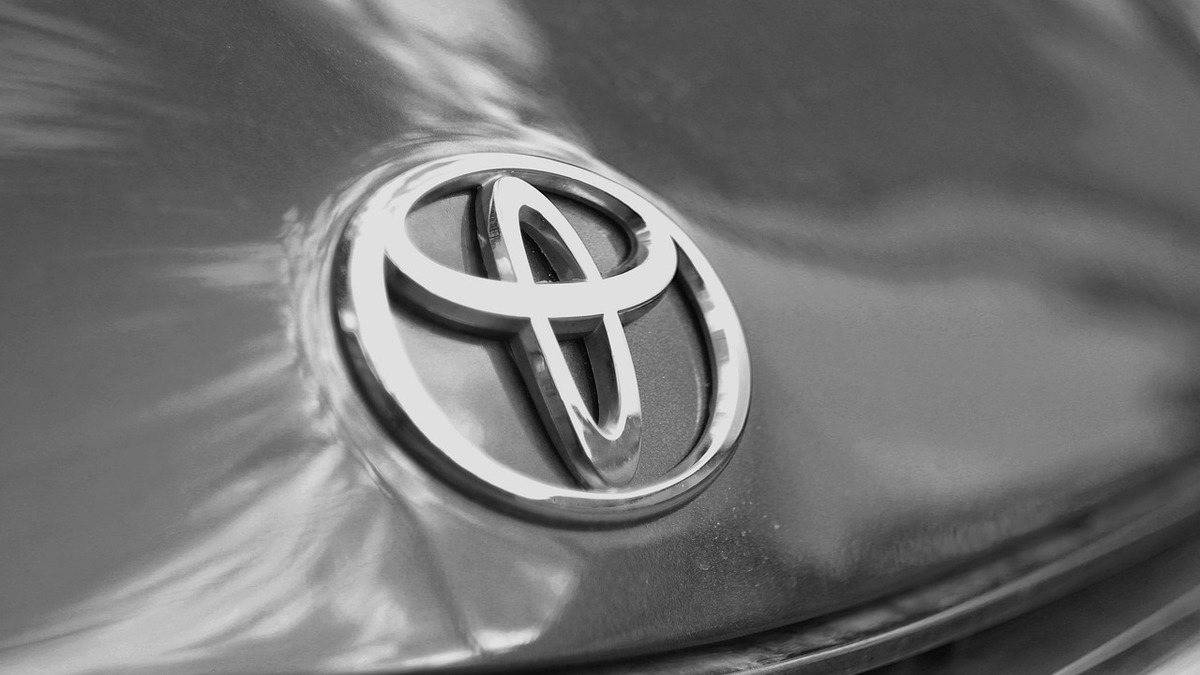The White House announced its target of reducing pollution in the transportation sector by encouraging electric vehicle adoption in the United States. However, the strategy received criticism, especially from legacy automakers like Toyota and Stellantis.
According to the two major industry players, the newly proposed emission standards for automobiles will substantially raise EV sales to the point where the country would face a potential critical mineral supply shortage.
This supply chain-related concern aligns with Proactive UK’s forecast that EV batteries will drive 50% of global graphite demand by the end of this year. In effect, electric automakers like Tesla would need to navigate a supply chain bottleneck.
Opposition
Toyota and Stellantis delivered their disappointment regarding the US’ proposed emission curbs for cars and light trucks in comments submitted to the federal government, which Bloomberg obtained. They claim the proposal is overly upbeat, fearing it would generate discrimination against plug-in hybrid vehicles.
Toyota further emphasized that the White House’s new proposal “underestimates key challenges, including the scarcity of minerals to make batteries, the fact that these minerals are not mined or refined in the US, the inadequate infrastructure, and the high cost of battery-electric vehicles.” The Japanese automaker blasted the EPA for allegedly basing its decision on a “cursory assessment” of the availability of battery minerals, especially those from US mines.
Likewise, Stellantis stated that the EPA proposal reflects an “overly optimistic expectation for EV market growth.” The multinational automaker further asserted that the government agency overlooked the potential transition issues that may arise, including weak production capacity and consumer support. It explained that the proposal would introduce major risk to the general automotive industry, forcing it to “comply with these standards whether these assumptions hold true or not.”
About the proposal
You may have already been wondering what the proposal is all about, which triggered Stellantis and Toyota to step up.
As per the report, the new proposal marks the country’s most ambitious tailpipe emission standards in history, beginning with the 2027 model year. In that sense, the Environmental Protection Agency targets EVs to account for a whopping 67% of new light-duty vehicle sales and 46% of new medium-duty vehicle sales in model year 2032.
For reference, these percentages ultimately surpass President Joe Biden’s initial target of having EVs account for 50% of new passenger cars and light-duty trucks by 2030.
Considering the highly ambitious proposal of the EPA, automakers in the US will be prompted to accelerate their EV production and sales.
That said, significant changes in the government’s target will undoubtedly be remarkable, given that BEVs and PHEVs only have below 10% market share as of now.
In effect, oppositions have been comparing the proposal to a “de facto” mandate that restricts buyer choice as it is apparently predicated on as much as 70% of fleets being emission-free. Still, it must be noted that the proposal allows automakers to adhere to the new emission limits with other powertrain options beyond battery-powered ones.
Interestingly, America’s EV giant Tesla has an opposite stance about the EPA’s proposal. The Musk-led company even urged the EPA to implement more stringent tailpipe standards, considering the “rapid pace of light-duty vehicle electrification.” In that sense, Tesla suggested for BEV penetration rate goal of at least 69% in model year 2032.
Another American EV giant, General Motors, also expressed support for President Biden’s 2030 EV sales target. However, it raised concern about the EPA proposal, saying it might prompt automakers to go beyond 2030. It also mentioned that their capacity to reach some targets remains uncertain. Therefore, GM called for an incentive to simplify regulatory standards for fast-moving automakers that beats some targets.
See also:
- Wind and Solar outpace coal in electricity generation in the US during Q1 2023
- Why the EV surge could significantly strain the electric grid in the US
- Australia must adopt ambitious EV targets for climate goals, Australian industry group says
- US must invest up to $127B for 28M chargers deployment to support its 2030 EV targets, NREL says
- ‘Profound Impact’ looms for graphite industry amid surging demand from electric automakers
Government initiatives like this are undoubtedly crucial for the wide adoption of electric vehicles, enabling the country to hit its net-zero emission targets.
Top-performing automakers like Tesla and GM are not worried, knowing they can match the government’s pace. Meanwhile, companies that still largely rely on hybrids like Toyota oppose, which is unsurprising as it would hurt its competitiveness and profitability.

